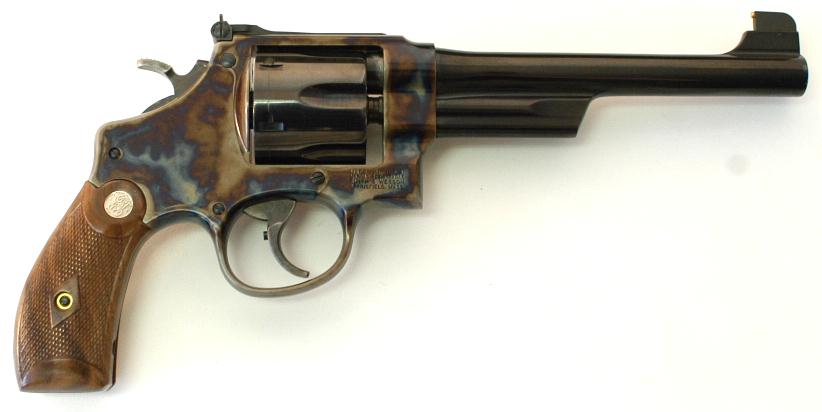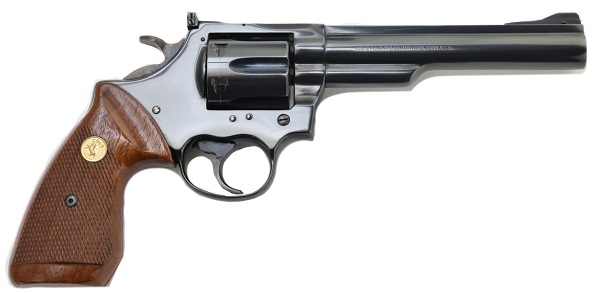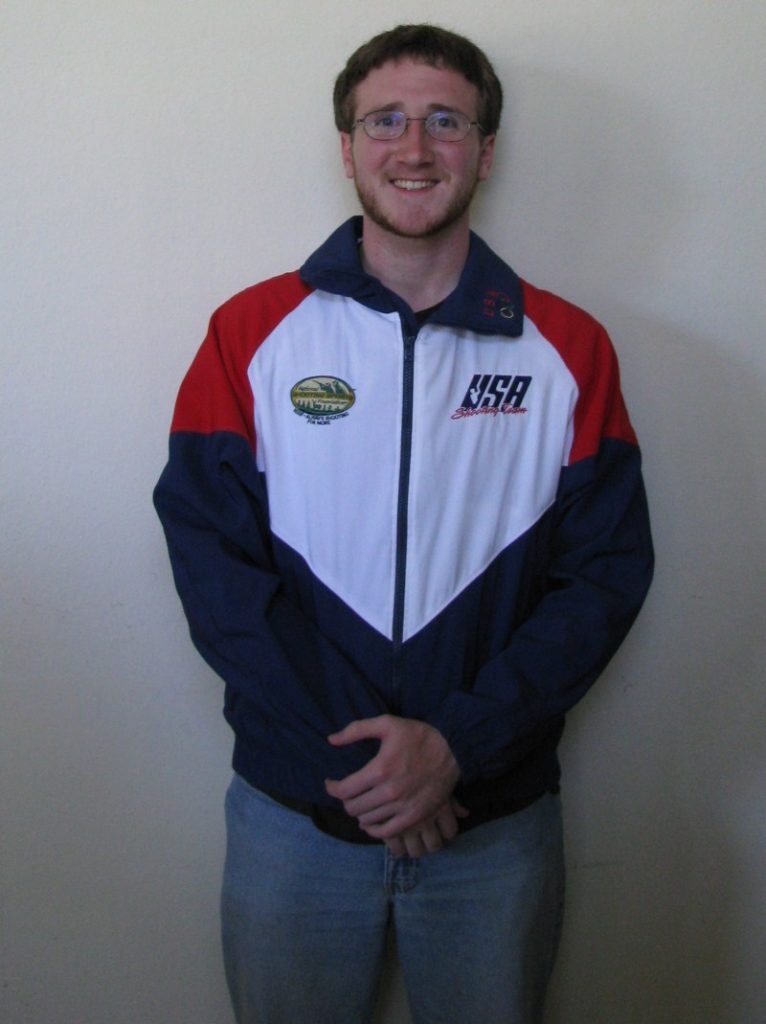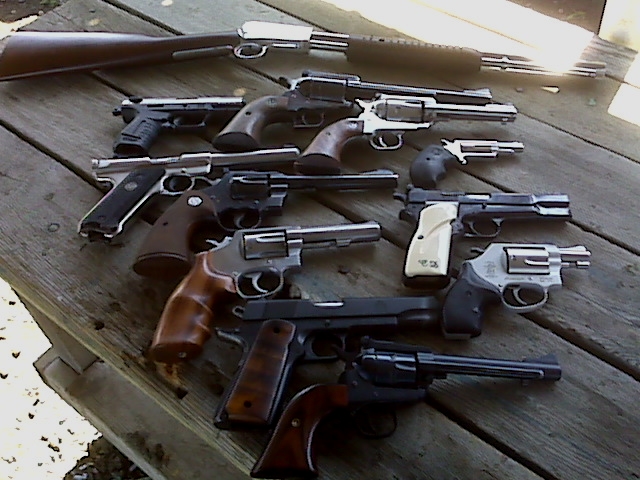Over at The Daily Wire, Matt Walsh asks:
Why Does The Media Care More About The Parkland Shooting Than It Ever Did About Las Vegas?
Well, that’s an easy one. While the Vegas shooter killed far more people than did the adolescent mope in Parkland, the Vegas victims weren’t children, ergo no outrage could be stoked up and turned into anti-gun hysteria. (And to be brutally frank, the fact that the Vegas victims were country music fans — i.e. more likely to be Deplorables or people from Flyover Country — made them just statistics as far as the Left was concerned. Conservatives weren’t going to be converted to the anti-gun side, but with children as victims… well, all bets were off.)
Also, the Vegas shooter’s motives were, and remain inscrutable because he’s dead: he was just a lone nutcase (and maybe a Democrat, just like Steven Scalise’s would-be assassin), and anything could have triggered him off to plan so large-scale a shooting. More to the point: every single gun he purchased and used for his mayhem was purchased quite legally, and no laws — existing or projected — could have stopped him (short of a wholesale gun ban and confiscation). And he was an adult, so none of the usual hooks was going to work. The only thing the media could get a fingernail on was “bump stocks” — something which keen gun guys knew about, but few others. Banning bump stocks was never going to ruffle anyone’s hairstyle, and even a failure to ban the stupid things couldn’t be used to tar the gun industry because it’s quite useless to rave about something used by about 0.00001% of the population.
But a screwed-up kid with an AR-15, and innocent chilluns gunned down in a school? Ooooh, small wonder the anti-gun brigades ordered a general mobilization, because there were so many hooks to hang gun control on: “underage” gun buying, “assault rifle” bogeymen — you name it, there was fodder for the anti-gun movement — which is why they were so quick to organize town meetings, parades and getting the Usual Suspects (Schumer etc.) to drone on and on about how Something Must Be Done No Matter What. And even better, the NRA could be used as a scapegoat much more easily for Parkland than for Vegas, How so? Consider these two statements:
“We should ban assault rifles!”
“No we shouldn’t.”
“Oh, so then you’re in favor of killing country music fans!”
…and:
“We should ban assault rifles!”
“No we shouldn’t.”
“Oh, so then you’re in favor of killing innocent schoolchildren!”
The first argument is risible, the second compelling.
That’s why the media and the anti-gunners have been pretty much shtum about the Vegas shooting, and hair-on-fire screaming about the Parkland tragedy. It really is that simple.
Yeah, I know it’s a cold-blooded and cynical rationale for using one and not the other to further an agenda and to use children as pawns rather than country music fans. But if there’s one thing we know about the Left — in any country — it’s that they pretty much define “cold-blooded and cynical”. The end, for them, always justifies the means.
In the meantime, let’s get the fire lit under the cauldron of oil so we can boil the little Florida fucker to death.






 Both have 6″ barrels, both are chambered for the fine .357 Magnum cartridge, both are excellent revolvers — quite possibly two of the best ever made — and yet even though the idiots at Colt don’t make either of them anymore [100,000-word rant deleted] the Trooper typically retails for under $1,000, while the Python is stratospheric ($2,300 and up).
Both have 6″ barrels, both are chambered for the fine .357 Magnum cartridge, both are excellent revolvers — quite possibly two of the best ever made — and yet even though the idiots at Colt don’t make either of them anymore [100,000-word rant deleted] the Trooper typically retails for under $1,000, while the Python is stratospheric ($2,300 and up).
